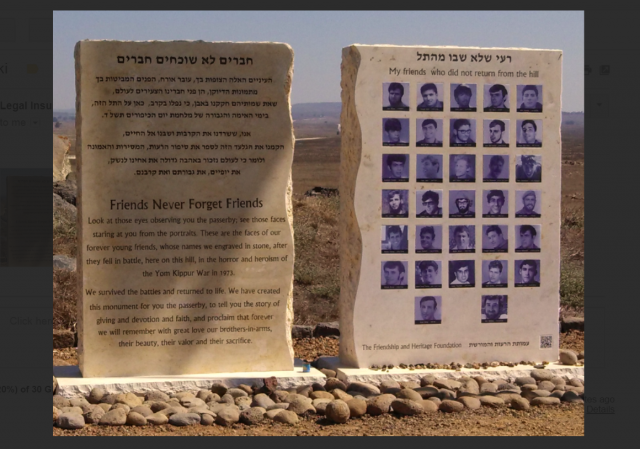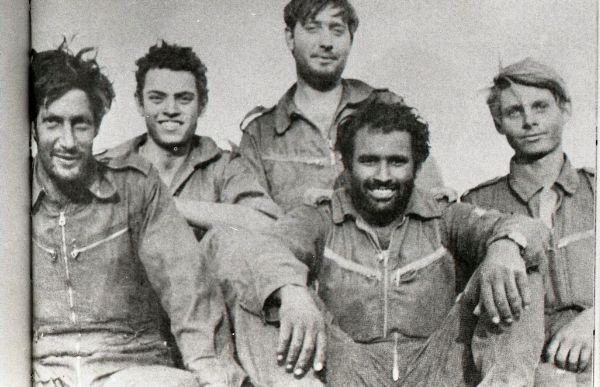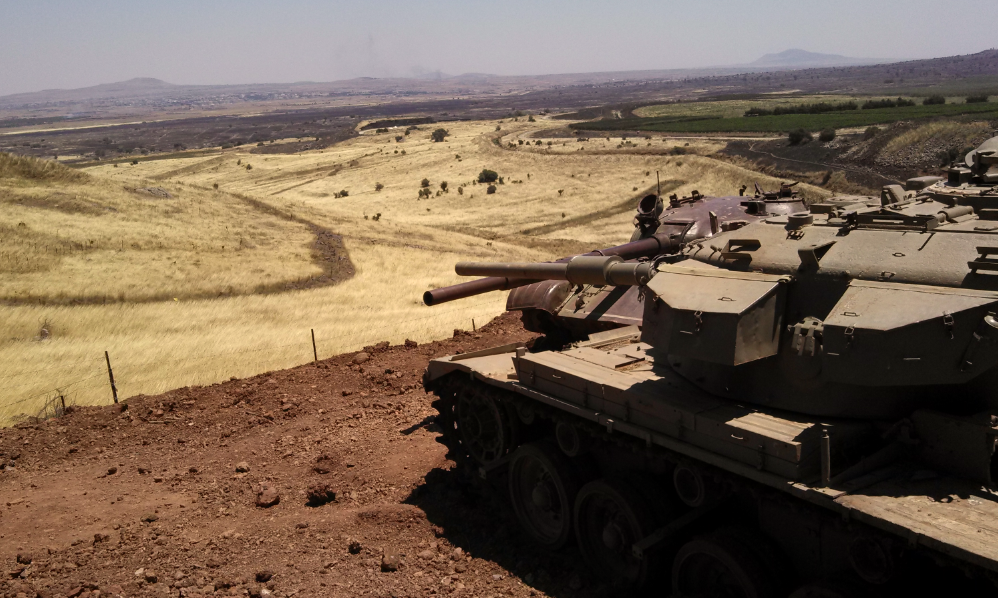Yom Kippur War – October 6, 1973
Long ago in the past, but so close in the future.

There are certain events when you just remember exactly where you were when you heard the news.
I was on stage for a third-grade practice of a school play when a teacher walked into the room (the gym, which also was the school theater and lunch room) and told everyone that Martin Luther King, Jr. had been killed. We were sent home early.
I was at my desk using AOL to access the internet (!) when early reports came in of a “small plane” hitting the World Trade Center. And you know the rest.
And on October 6, 1973, I woke up expecting to go to Temple for the Yom Kippur holiday. I turned on my clock radio, the old style that had the metal flaps that flipped to change the time. And I heard that Israel had been invaded in what would become known as the Yom Kippur War. The rest of the day is a blur, I don’t even remember if we went to Temple. I remember the feeling of helplessness, and the near panic in the community because there was nothing we could do.
The anniversary of the Yom Kippur War, in the Hebrew calendar, was commemorated on September 22. The Times of Israel ran an article about A Valley of Tears where Israel stopped Syria in 1973
On October 6, 1973 massive Syrian and Egyptian forces launched a surprise attack on the State of Israel. It was the holiest day of the Jewish year, the Day of Atonement, and Jews all over the country had been fasting and praying since dawn. No one in Israel on that fateful day will ever forget the piercing shriek of sirens which shattered the Yom Kippur silence and called men and women out of their homes and synagogues into uniform.
Syrian tanks penetrated Israel’s front lines on the first day of the Yom Kippur War and raced across the Golan Heights. Syria’s task force comprised of 700 tanks, against Israel’s 175; their infantry carried state-of-the-art anti-tank missiles which Israel hadn’t known were part of the Arab arsenal. Syria’s superior weaponry had a devastating effect on Israel’s tanks and, following a rapid advance into Israel, the Arabs stopped near Mitzpe Gadot, only five minutes from the Jordan river.
In 2013 I visited the battlefields on the Golan Heights, where there now stand memorials, On the Golan Heights – The Battle of Tel Saki (see Featured Image). This video tells the story of the Battle of Tel Saki:
The more famous battle was the battle of the Valley of Tears, which I recounted in my post, On the Golan Heights – The Valley of Tears:
The Heights of Courage (available for free online) by Avigdor Kahalani tells the story of the battle from the view of a participant. The battle also is the focus of the Prologue to Tom Clancy’s The Sum of All Fears:
At the end of this day the troopers of the Barak and the 7th heard over their unit radio nets a message from Israeli Defense Forces High Command.
YOU HAVE SAVED THE PEOPLE OF ISRAEL.
And so they had. Yet outside Israel, except for schools in which men learn the profession of arms, this epic battle is strangely unremembered. As in the Six Day War of 1967, the more freewheeling operations in the Sinai were the ones that attracted the excitement and admiration of the world: bridging the Suez, the Battle of the ‘Chinese’ Farm, the encirclement of the Egyptian 3rd Army – this despite the fearful implications of the Golan fighting, which was far closer to home. Still, the survivors of those two brigades knew what they had done, and their officers could revel in the knowledge that among professional soldiers who know the measure of skill and courage that such a stand entails, their Battle for the Heights would be remembered with Thermopylae, Bastogne and Gloucester Hill.
This video explains the overall battle, including interviews with Kahalani :
The Times of Israel carried this photo in its story:
Here is the memorial at The Valley of Tears:
I never visited the Sinai desert battle scenes, for obvious reasons that the Sinai was handed back to Egypt. But the heroics of Israeli tank crews, paratroppers and commanders, including Ariel Sharon, are legendary. We documented some of those battles when Sharon died, including the crossing of the Suez canal:
So what is the lesson of the Yom Kippur War?
To me it’s that Israel, for all its strength, still is surrounded by enemies. An is only one morning away from attack, though next time it likely will be by rockets from Lebanon and Syria, not tanks from Egypt. But even that could change.
 DONATE
DONATE
Donations tax deductible
to the full extent allowed by law.










